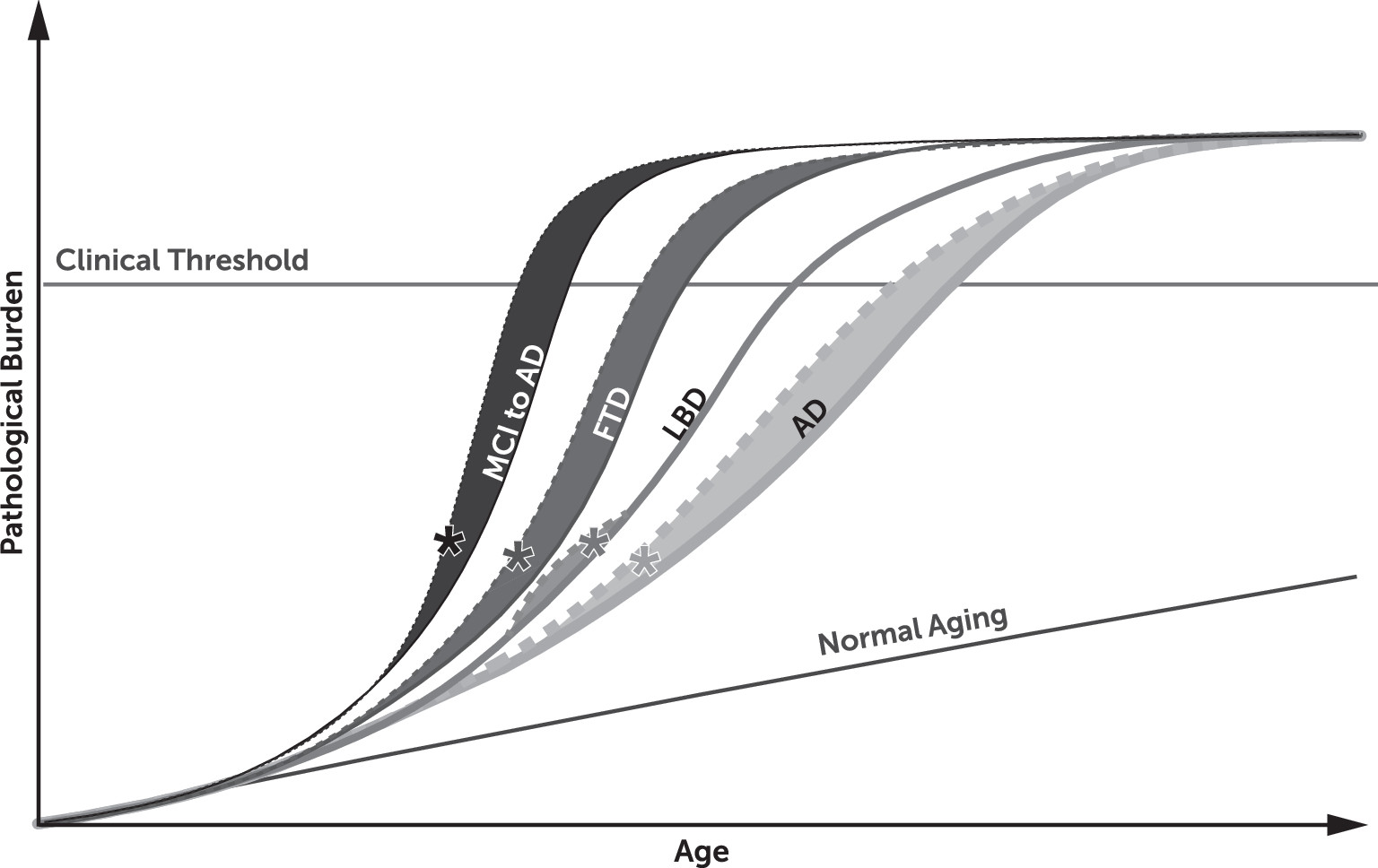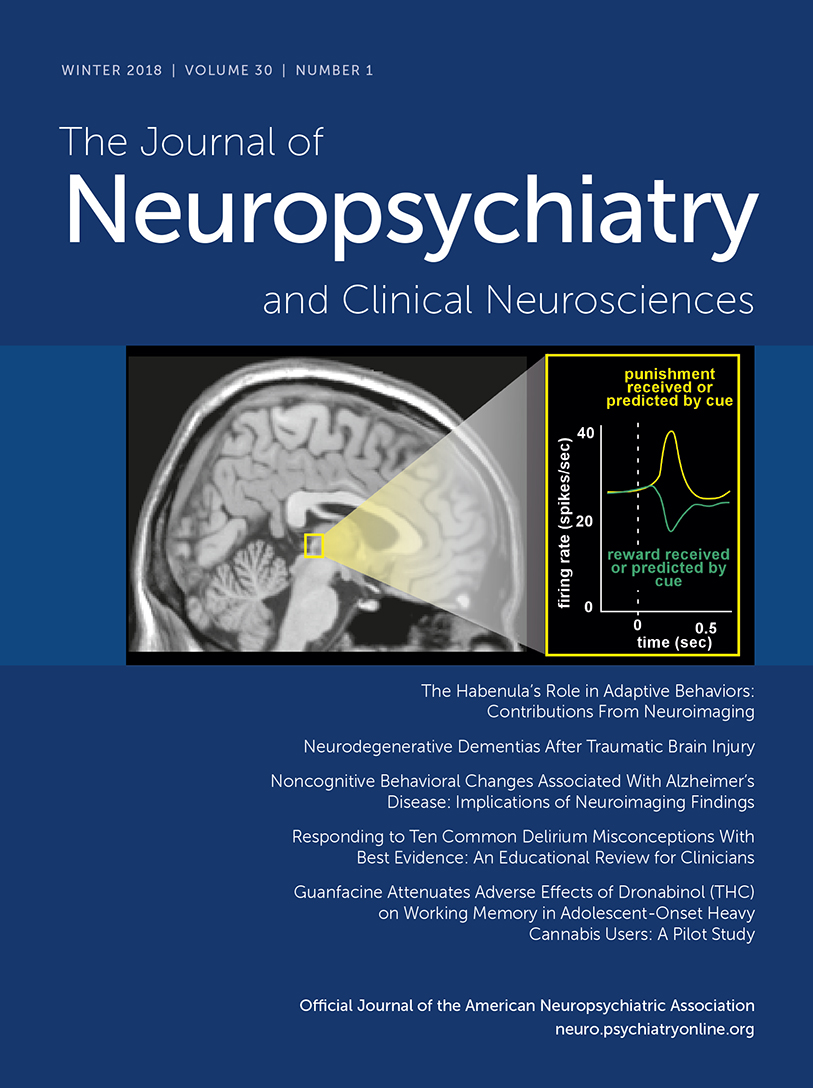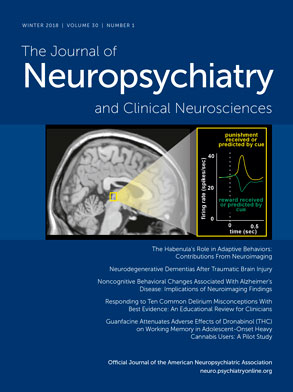Neurodegenerative Dementias After Traumatic Brain Injury
Abstract
Research Limitations of the Current Literature
Alzheimer’s Disease
TBI History and Risk for Alzheimer’s Disease
Evidence-Based Considerations With Meta-Analytic Studies
TBI History and Age at Onset of Alzheimer’s Disease
TBI History and Cognitive Decline in Alzheimer’s Disease
Mild Cognitive Impairment
Dementia with Lewy Bodies
Frontotemporal Dementia
TBI History and Risk for Frontotemporal Dementia
TBI History and Onset of Frontotemporal Dementia
Chronic Traumatic Encephalopathy
Overlapping Symptoms
Controversy Over Chronic Traumatic Encephalopathy
Possible Mechanisms of Delayed Neurodegeneration After TBI

Future Directions
Footnote
References
Information & Authors
Information
Published In
History
Keywords
Authors
Competing Interests
Funding Information
Metrics & Citations
Metrics
Citations
Export Citations
If you have the appropriate software installed, you can download article citation data to the citation manager of your choice. Simply select your manager software from the list below and click Download.
For more information or tips please see 'Downloading to a citation manager' in the Help menu.
View Options
View options
PDF/EPUB
View PDF/EPUBLogin options
Already a subscriber? Access your subscription through your login credentials or your institution for full access to this article.
Personal login Institutional Login Open Athens loginNot a subscriber?
PsychiatryOnline subscription options offer access to the DSM-5-TR® library, books, journals, CME, and patient resources. This all-in-one virtual library provides psychiatrists and mental health professionals with key resources for diagnosis, treatment, research, and professional development.
Need more help? PsychiatryOnline Customer Service may be reached by emailing [email protected] or by calling 800-368-5777 (in the U.S.) or 703-907-7322 (outside the U.S.).

